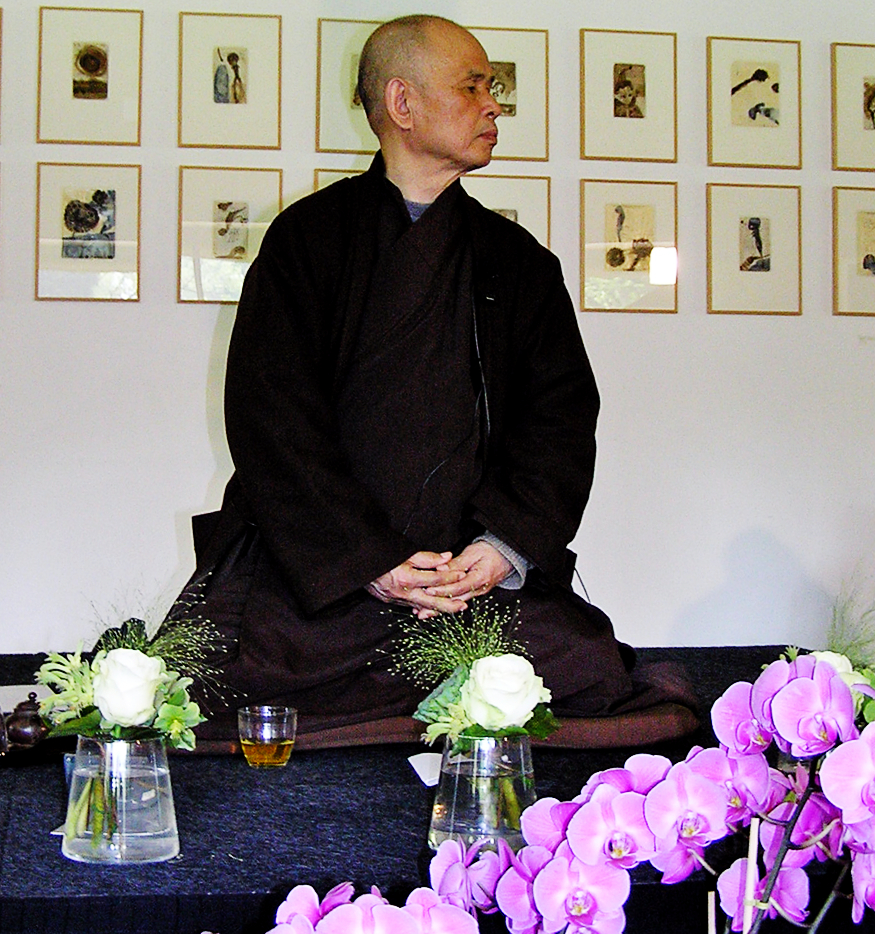
Equanimity is a wonderful quality, a spaciousness and balance of heart. And it can be yours with a bit of practise and patience.
The skill of equanimity depends upon the ability to detach from emotions and thoughts. One place to start is with the belief that negative emotional states are to some degree inevitable. Depression, anxiety, fear, jealousy, hatred, anger, and other painful emotions are natural and human so you can expect them sooner or later.
By accepting this fact and understanding the nature of emotions, you will continue to change your relationship to your emotions. You will not be able to eliminate negative emotions, painful memories or harmful thoughts but you can change your relationship to them.
This is particularly important for people who suffer from strong emotional reactions and need to be able to tolerate painful feelings in order to pursue the rewards of long-term goals.
If you are at war with your thoughts and feelings all the time and you are fighting life events and problems such as a living with a chronic illness, mindfulness meditation is a way to step out of the battle. We need to approach these difficult situations and feelings instead of avoiding them.
This is so much the life of an individual with a chronic condition. We live with a lot of stress because of all the pain and disability that we endure.
So, equanimity is a way for us to reconceptualise our reality with our illness so that we can live well with chronic illness. And this can really help us to cope and to be the best that we can.
The capacity to recognize all thoughts as transient mental events rather than decisive descriptions of reality is crucial to relieving suffering. The capacity to observe fearful thoughts and feelings in a non-reactive way makes freedom of choice possible. The ability to observe in a non-reactive way is a way to experience peace and mental stability that reactivity does not allow.
Researchers have found that if individuals can change their relationship to their thoughts and feelings then healthy thoughts and feelings are able to follow naturally. The individuals who tried to practise equanimity learned the process of assuming a de-centered observing position in relation to their negative thoughts.
The goal is to recognize the earliest sign of a negative mood or thought and apply de-centering skills. Decentering is a three step process that involves learning to recognize, observe and detach from negative thoughts. To be able to do this regularly with negative thoughts, the chronically-ill individual must first learn to decenter from bodily sensations, ordinary thoughts, and common feelings through mindfulness meditation.
You can visualize your mind as an open sky with thoughts and emotional experiences as transient phenomenon like clouds which pass through but do not become permanent structures in the expanse of the sky.
You can have this kind of freedom of thought and emotion too with some practise, effort, patience and willingness to change your mindset. Being free from negative emotions and feelings is really within your reach.


No comments:
Post a Comment